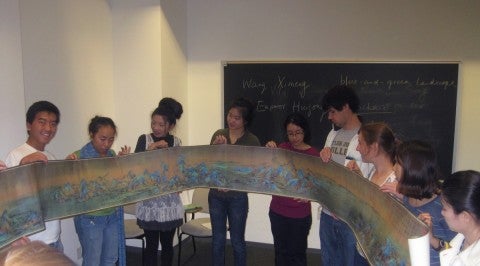“Build the British Raj, Reviving Ancient Iran: Parsi Architectural Patronage,
1881-1936”
In 1822 six fire temples adorned the cityscapes of West India. By the end of the century, Parsis had augmented that number tenfold. Many of these structures were erected in what they dubbed the “Persian Style,” on floor plans described as “open.” From the 1830s to the 1930s, the Persian Revival style evolved simultaneously and codependently in two different geo-cultures: the western coast of the Indian subcontinent, with large Parsi urban populations, as in Bombay and Surat, and the major cities of Qajar and Pahlavi Iran, in particular Shiraz and Tehran. These were interpretative “copies” of “originals,” not necessarily of archeological sites but European and native fantastical travelogues as “authentic” sources. Parsi patrons negotiated the currents of postcolonial identity through a unique conception of good taste. Architecture quite literally stabilized and grounded in solid foundations the uncertainty of in-between identities: while their Persian Revival secured Parsi identity in a historicist footing, their Gothic Revival spoke demonstrably to the modern progress made by them. The emancipatory possibilities of architecture provided seemingly aloof public facades that aimed to convey explicit ethical and aesthetic values.
---------------------------------
Talinn Grigor is professor and chair of the Art History Program in the Department of Art and Art History at the University of California, Davis. Her research focuses on 19th- to 21st-century art and architectural histories through the framework of postcolonial and critical theories, grounded in Iran and Parsi India. Her books include "Building Iran: Modernism, Architecture, and National Heritage under the Pahlavi Monarchs" (2009); "Contemporary Iranian Art: From the Street to the Studio" (2014); and "The Persian Revival: The Imperialism of the Copy in Iranian and Parsi Architecture" (Penn State Univ. Press, 2021).

